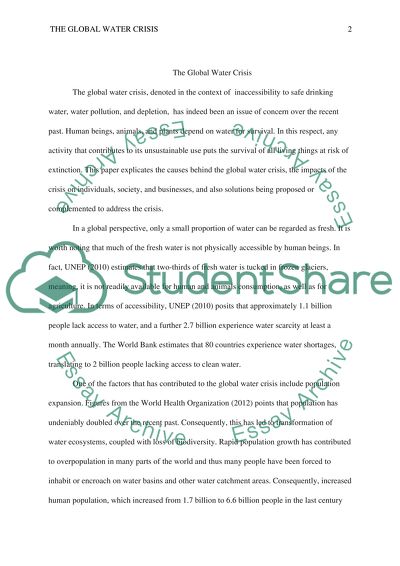Cite this document
(“Global Water Crisis Essay Example | Topics and Well Written Essays - 1750 words”, n.d.)
Retrieved from https://studentshare.org/environmental-studies/1701005-global-water-crisis
Retrieved from https://studentshare.org/environmental-studies/1701005-global-water-crisis
(Global Water Crisis Essay Example | Topics and Well Written Essays - 1750 Words)
https://studentshare.org/environmental-studies/1701005-global-water-crisis.
https://studentshare.org/environmental-studies/1701005-global-water-crisis.
“Global Water Crisis Essay Example | Topics and Well Written Essays - 1750 Words”, n.d. https://studentshare.org/environmental-studies/1701005-global-water-crisis.


